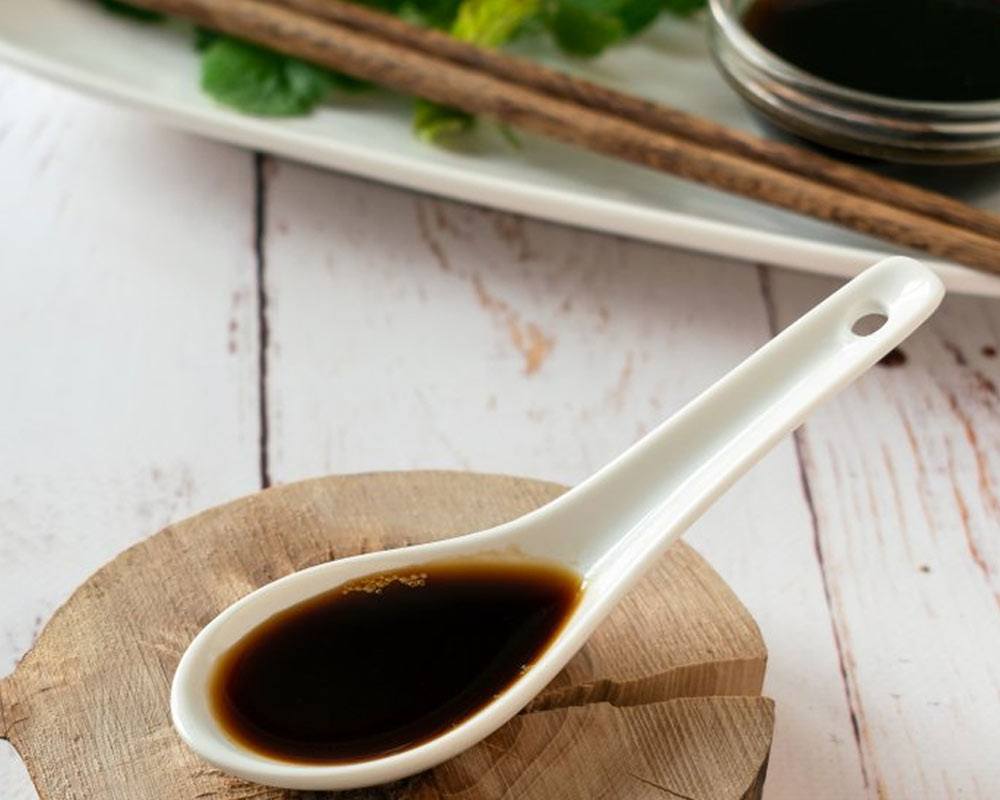
In recent years, specialized diets have been on the rise. Like paleo and keto diets, these diets have brought coconut to the spotlight. It has become the go-to source of fat in many people’s diets, especially those who want to lose weight. One popular coconut product is liquid aminos or coconut aminos. Do you know how to make coconut aminos? Do you know its health benefits? We will tell you in this article.
Many health-conscious people are beginning to embrace coconut and coconut products too. However, there are still a lot of ongoing debates about coconut’s health benefits, especially that of coconut oil. There is still no consensus yet among the health community, as well as the public.
Coconut aminos are a product of the fermented sap of the coconut palm. It’s free of soy, gluten, and wheat. More so, it has much lower sodium content than you will find in soy sauce. This makes it a perfect alternative. It may not be so rich in nutritional value, so we cannot call it a super-health food. More so, it is not 100 percent salt-free. That is why you should monitor your portion size when you add liquid aminos to your low-sodium diet. But overall, we can assure you that liquid aminos is a top-ranking soy sauce alternative
A Brief Overview of Coconut Aminos
Call them salty and savory; coconut aminos make for a great seasoning sauce. It is produced primarily from the coconut palm tree sap. But then, it also contains sea salt. People use this liquid to produce varieties of foods and food products.
The consistency of liquid aminos is similar to that of soy sauce. But the color is a little bit lighter. This makes it a choice substitute for many recipes. While coconut amino may not be as nutritionally rich as soy sauce, its flavor is milder and sweeter.
The surprising thing is that coconut aminos has no coconut taste whatsoever. The main benefit of coconut aminos is for people who have some dietary restrictions. You can’t find any significant nutrients in it. But its value is mainly in the allergens that it doesn’t contain.
Allergens like gluten and wheat are not present in coconut aminos. You would be better off with liquid aminos if you suffer from food sensitivities or allergies.
The reason why many people cut soy sauce is that it is very high in sodium. But liquid aminos beat soy sauce to that. It contains less than one-third of the sodium content of the same amount of soy sauce. For instance, a teaspoon of coconut amino contains 90mg sodium, while you’ll get 280mg form the same amount of soy sauce.
If you want to cut sodium from your diet, then you can find coconut or liquid aminos a better option. However, you should still be careful with liquid aminos and use it sparingly. It may have lower sodium than soy sauce, but we can’t call it low-sodium. So you should not eat beyond 1 to 2 teaspoon at one go.
Summarily, coconut aminos is not a health food. It is a condiment. It may have no nutritional advantage, but it contains no GMOs, MSG, and gluten.
How to Make Coconut Aminos
Coconut or liquid aminos are not something you can make for yourself at home. To make coconut aminos, you need aged coconut sap (preferably organic) that has been sun-dried. Manufacturers blend this with sea salts.
Raw coconut sap has a low glycemic index, as well as an abundance of amino acids (17 in total), minerals, and vitamins. Its pH is also nearly neutral.
You see that coconut sap is not something you can get in your home or any supermarket. Manufacturers get this sap straight from the farm and dry it. After that, they mix sea salt into it through its manufacturing process.
If you want liquid aminos, you may have to order it directly online or purchase it from a supermarket. However, if you want a DIY substitute for soy sauce, there are many available options.
Health Benefits
Many media outlets, including the popular ones, have told us that coconut aminos will deliver various health benefits. They say it can reduce heart disease risks, help manage blood sugar, and promote weight loss. However, there is little to no research to support these claims.
Some of the people peddling these claims do so in the premise that coconut palm and raw coconut have great nutritional values. The nutrients in coconut palm and raw coconut indeed have positive impacts on health. Some of these nutrients include zinc, potassium, and magnesium, as well as some polyphenolic and antioxidant compounds.
To be honest, there is still yet to be any scientific research that examines how coconut aminos can affect human health. Such research is simply non-existent. But then, let’s assume that coconut aminos have all of these nutrients. You are not likely to consume enough to get an adequate supply of these nutrients for significant health benefits.
It would be better if you get these nutrients from whole foods instead. That’s more reasonable than loading your body up with liquid aminos.
If you are adding coconut aminos to your recipes in place of soy sauce, you should use the same amount that you would have used if you use soy sauce. Aside from using it in preparing delicious meals, you can use coconut aminos also as a flavor enhancer at your table.
You may not know how to make coconut aminos. But then, you can get one for yourself at the spices section in any supermarket.